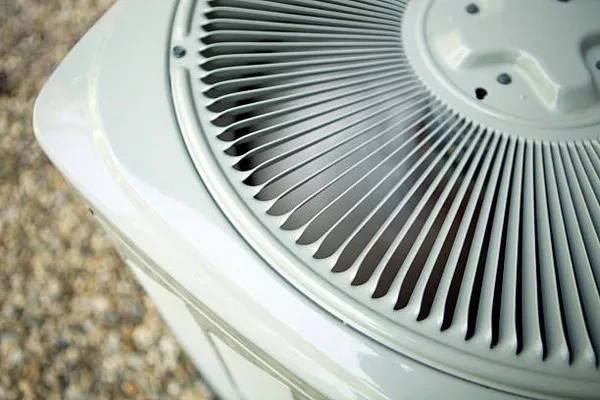In the realm of guitar effects pedals, the arrangement and placement of each pedal in your signal chain can significantly impact your tone and overall sound quality. Among the myriad of pedals available, the compressor pedal holds a unique role in sculpting your guitar’s dynamics and ensuring a balanced output. However, determining where to position the compressor within your pedal chain is crucial for harnessing its full potential. In this comprehensive guide, we will explore the optimal placement of the compressor pedal within your signal chain and how it interacts with other effects pedals to achieve the desired sonic results.
Understanding the Compressor Pedal: A Primer
Before delving into its placement within the pedal chain, it’s essential to understand the function of a compressor pedal. At its core, a compressor is designed to regulate the dynamic range of your guitar signal by attenuating the volume of loud signals and boosting the volume of softer signals. This results in a more consistent and balanced output, enhancing sustain and adding a sense of cohesion to your playing.
Key Features of a Compressor Pedal:
Threshold: This parameter determines the level at which the compressor begins to engage. Signals above the threshold are compressed, while those below remain unaffected.
Ratio: The ratio controls the amount of compression applied to the signal once it crosses the threshold. Higher ratios result in more pronounced compression.
Attack and Release: These settings dictate how quickly the compressor reacts to incoming signals (attack) and how long it takes for the compression to fade away once the signal falls below the threshold (release).
Sustain: Some compressors feature a sustain control, which adjusts the amount of gain applied to the signal after compression, effectively increasing the sustain of notes.
Determining the Placement: Factors to Consider
When arranging your pedalboard, it’s crucial to consider how each pedal interacts with others in the signal chain. The placement of the compressor can significantly impact its effectiveness and how it shapes your guitar’s tone. Several factors should inform your decision regarding the compressor’s placement:
1. Dynamics Management:
The primary function of a compressor pedal is to manage the dynamics of your guitar signal. Placing the compressor early in the signal chain allows it to regulate the dynamics before they interact with other effects pedals. This ensures a consistent input signal for subsequent effects, resulting in more predictable and controllable tone shaping.
2. Interaction with Distortion and Overdrive:
Distortion and overdrive pedals thrive on dynamic input signals, responding differently based on the intensity of the incoming signal. Placing the compressor before distortion/overdrive pedals can help tame peaks in your playing, resulting in smoother and more balanced saturation. However, some guitarists prefer placing the compressor after distortion pedals to maintain the pedal’s dynamics while still benefiting from compressed sustain.
3. Impact on Modulation and Time-Based Effects:
Modulation and time-based effects such as chorus, delay, and reverb rely on a clean and consistent input signal to achieve clarity and depth. Placing the compressor before these pedals ensures that the modulation effects respond uniformly to your playing dynamics, enhancing their overall effectiveness and clarity.
4. Integration with Wah and Filter Effects:
Wah and filter effects pedals, known for their expressive capabilities, can benefit from a compressed signal to maintain consistency in the sweep and frequency response. Placing the compressor before these pedals ensures that the input signal remains balanced, allowing for smoother and more controlled manipulation of the filter or wah effect.
Optimal Placement Strategies
Now that we’ve discussed the factors influencing compressor placement let’s explore some optimal placement strategies based on different pedal chain setups.
1. Basic Pedal Chain:
For guitarists with a straightforward pedal chain consisting of essential effects such as overdrive/distortion, modulation, and time-based effects, placing the compressor near the beginning of the signal chain is recommended. This ensures that the compressor can effectively regulate dynamics before they interact with other effects, resulting in a more cohesive and polished tone.
2. Advanced Pedal Chain:
In more complex pedal setups featuring multiple gain stages, parallel effects loops, and diverse modulation/time-based effects, the placement of the compressor becomes more nuanced. Here are two common approaches:
a. Pre-Gain Compression:
Placing the compressor before the gain stages (distortion/overdrive pedals) ensures that the input signal remains consistent, preventing excessive peaks from saturating the subsequent pedals. This setup results in smoother and more balanced overdrive/distortion tones, with the compressor shaping the dynamics before the signal hits the gain stages.
b. Post-Gain Compression:
Alternatively, placing the compressor after the gain stages allows for more dynamic control over sustained notes and leads. This setup preserves the natural dynamics of the distortion/overdrive pedals while adding compressed sustain to the output signal. Guitarists seeking a more dynamic playing experience with pronounced saturation may prefer this configuration.
3. Parallel Compression:
For guitarists looking to retain the natural dynamics of their playing while still benefiting from the sustain and consistency offered by compression, a parallel compression setup is an excellent option. By splitting the signal path and blending the compressed and uncompressed signals, you can achieve the best of both worlds: dynamic responsiveness and controlled sustain. This approach is particularly effective for enhancing lead tones and solos, where sustain and clarity are paramount.
Conclusion
The placement of the compressor pedal within your pedal chain plays a crucial role in shaping your guitar’s tone and dynamics. By understanding the function of the compressor and considering its interaction with other effects pedals, you can optimize its placement for maximum effectiveness. Whether you prefer a traditional setup with the compressor early in the signal chain or a more nuanced approach tailored to your specific pedalboard configuration, experimenting with different placements will help you discover the perfect balance of dynamics, sustain, and tonal clarity for your playing style. Remember, there are no strict rules—let your ears be the ultimate guide in crafting your signature sound.

